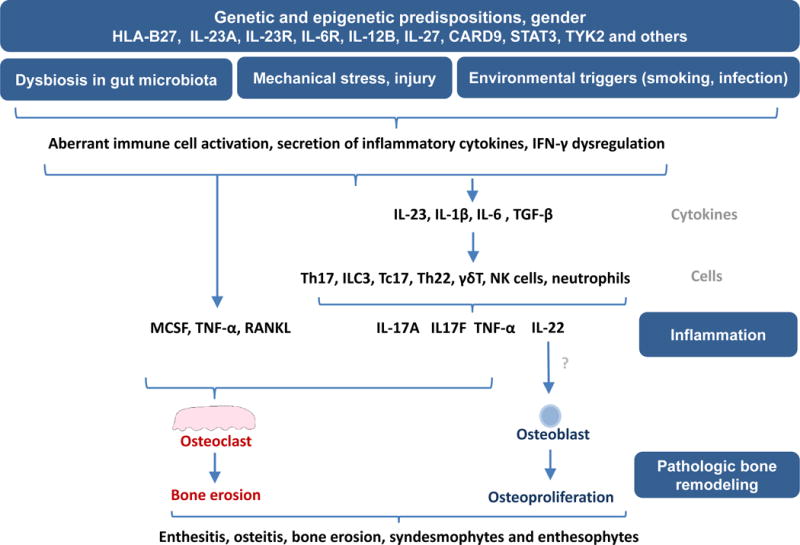Figure 1. The IL-17/IL-23 pathway in axSpA pathogenesis.

The convergence of genetic and epigenetic factors, environmental triggers, mechanical stress, and gut dysbiosis promote an inflammatory response in the gut and joints through activation of dendritic cells, macrophages, synovial fibroblasts and other resident cells. In the resulting inflammatory response, these cells secrete an array of inflammatory cytokines such as IL-1β, IL-6, IL-23 and TGF-β. Elevated levels of IL-1β, IL-6, IL-23 and TGF-β generate Th17 cell differentiation resulting in an increased frequency of IL-17 and IL-22 secreting CD4+ cells along with Th22, CD8+IL17+ (Tc17), type 3 innate lymphoid cells (ILC3), NK cells and neutrophils. IL-17 secreted by these cells, together with increased levels of RANKL and TNF-α, leads to increased osteoclastogenesis and bone erosion whereas IL-22 may drive pathologic new bone formation, resulting in altered bone remodeling and radiographic damage in axSpA.
